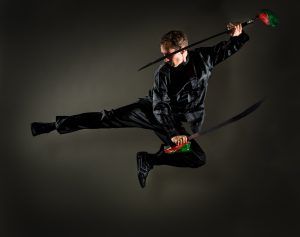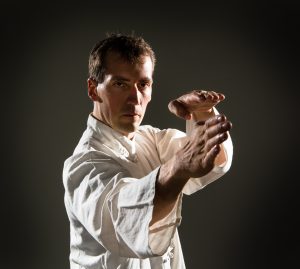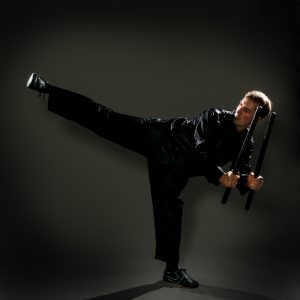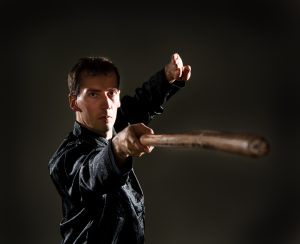Find Inner Peace with Taiji & Kung Fu
for a Healthier Life
with the Ancient, Mindful Movements of the
Crouching Tiger Style
Taiji & Kung Fu Classes
I graduated after 12 years of training under Master Lao Vongvilay. After Graduation I opened with a partner together my own martial arts school in Germany/Munich. I taught there for 6 years. on this youtube channel you can see some example movements.
My classes are for the moment all based in or around the DSK (German School on Rokko Island).
Taiji for adults (5 animal Style)
Thursday morning, 8:35am to 9:25am, on Rokko Island, DSK
Qi Gong for teachers / Adults
Thursdays, 4:45pm to 5:15pm, on Rokko Island, DSK
Kids Kung Fu Club 7 to 12 years
Rokko Island, German School DSK, usually Tuesday (advanced) & Thursday (beginners) 3:45pm to 4:35pm
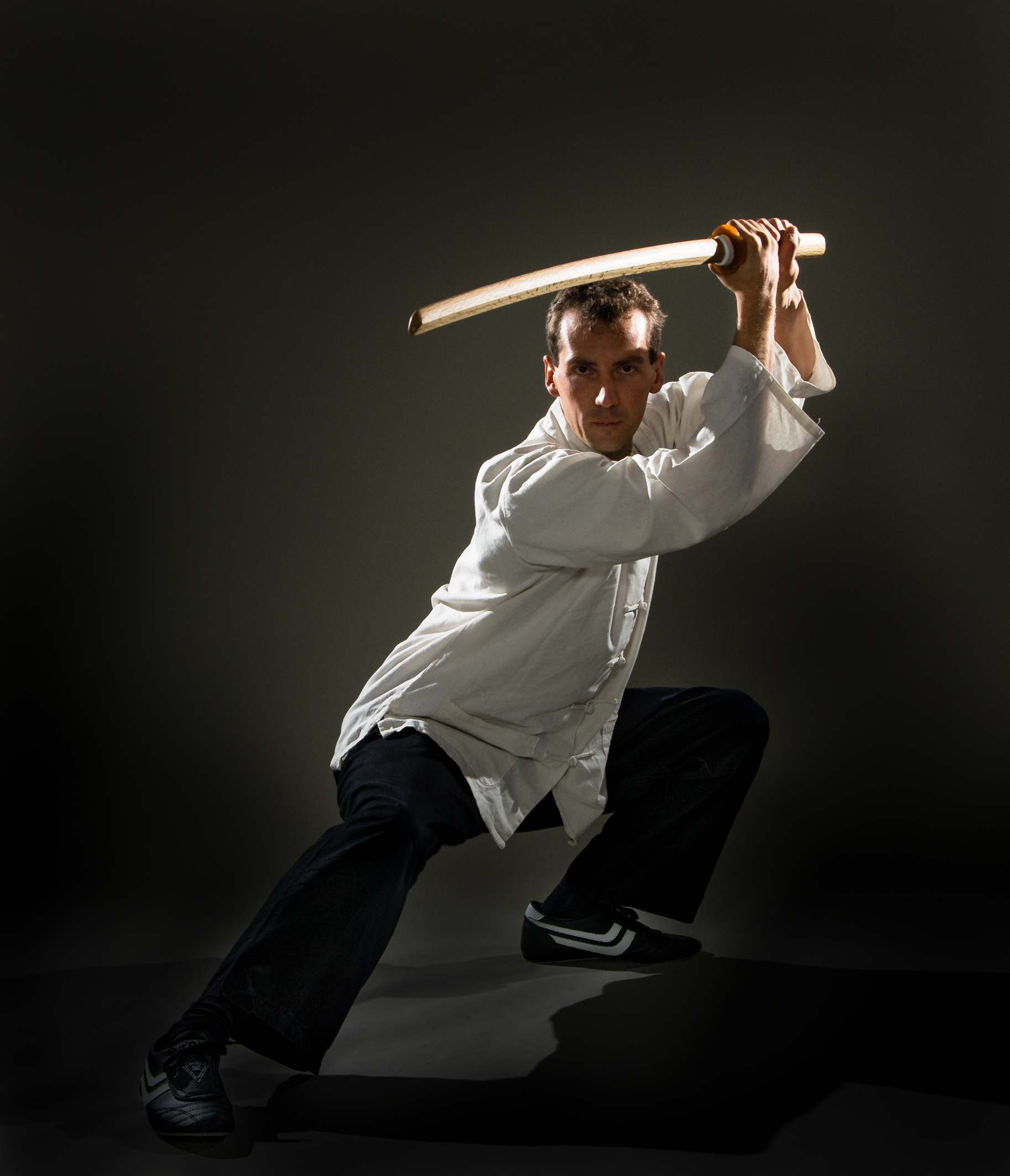
Kung Fu Classes
My Kung Fu classes are based on ancient traditions, but also combining modern bodyweight training, self-development and of course mindfulness movements. Kung Fu emphasizes self-discipline, and the integration of physical and mental well-being. Through mindful movements and a focus on inner strength, my Kung Fu classes offers a unique path for personal development and harmony. Join us on a journey of self-discovery, exploring the hidden treasures within and unlocking your untapped potential.
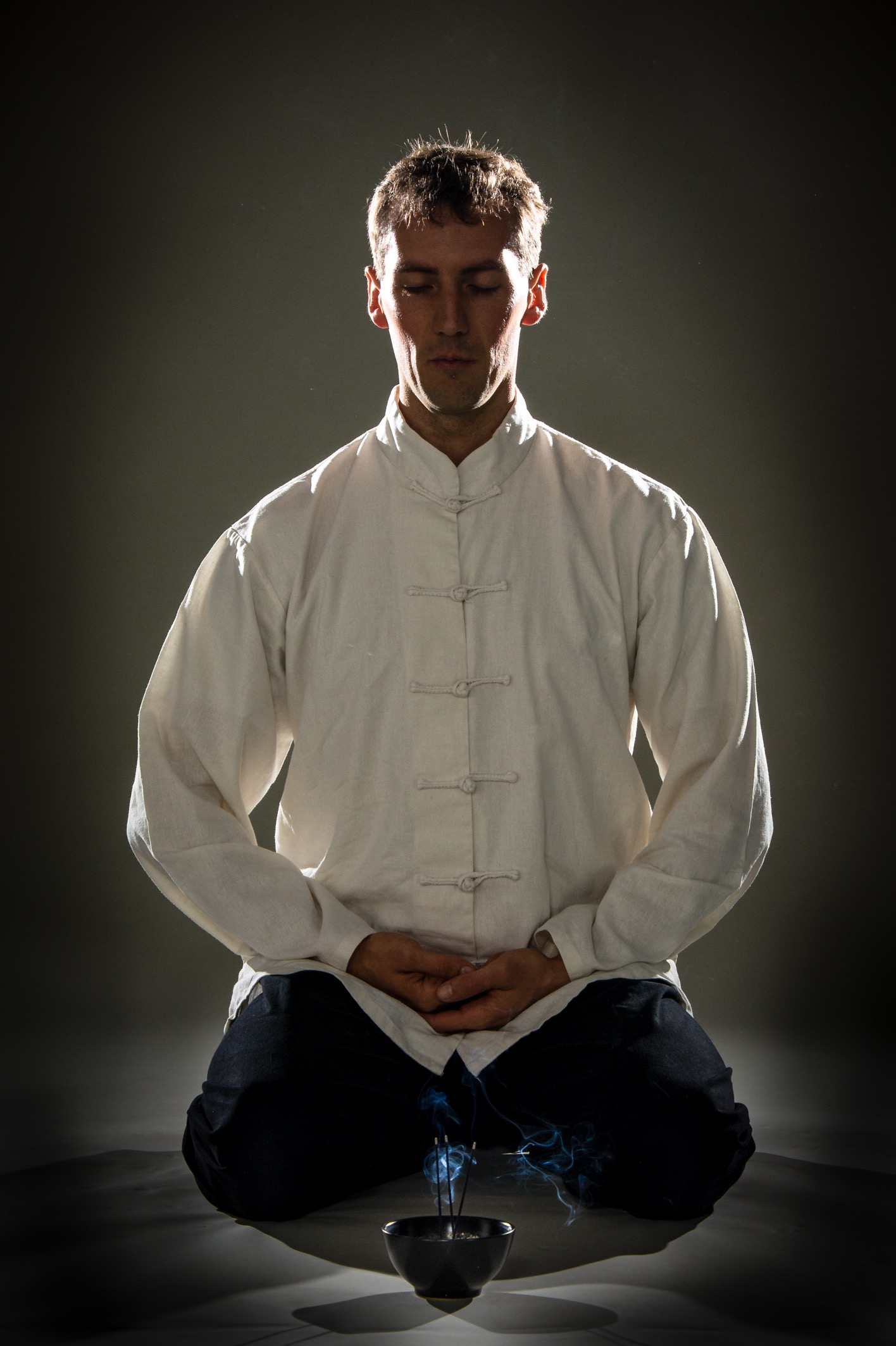
Taiji Classes
Taiji, also known as Tai Chi, has been scientifically proven to offer a multitude of health benefits. Studies indicate that regular Taiji practice contributes to improved balance, flexibility, and muscle strength. This ancient Chinese martial art is renowned for reducing stress and promoting mental well-being. Additionally, Taiji has shown positive effects on cardiovascular health, enhancing overall physical fitness. Embrace the holistic advantages of Taiji for a healthier and more balanced lifestyle.
See more Videos with Didier about
Süa Lag Hang Kung Fu and Taiji:
2010-2016 - Didier lead an own school with Partner Master Goran Pujic
Süa Lag Hang - The Style of the Crouching Tiger
Master Lao Vongvilay, a former Theravada Monk, brought the Süa Lag Hang Style from Thailand to Germany. This ancient Buddhist martial art style, rooted in mindfulness and inner strength, invites practitioners on a journey to personal development. Cultivating inner peace through mindful movement, our classes provide a holistic approach to martial arts.
The essence of this discipline lies in embracing the distinctive characteristics and virtues of various animals – strength, fitness, agility, and presence – which serve as blueprints for individual maneuvers. While the tiger stands prominently, other animals have also lent their names to the forms.
By immersing themselves in the study of nature and delving into the wisdom surrounding the body, mind, and the world, the past masters gained profound insights into the core of human existence, society, and the natural order. Consequently, alongside the physical training, philosophical elements are integrated into the curriculum. This not only shapes the students’ perspectives on themselves but also fosters contemplation about others.
Engaging in martial arts not only enhances fitness but also molds character by instilling positive habits. Patience, discipline, awareness, attentiveness, coping with strengths and weaknesses, composure, and more gradually evolve into practical skills.
The simultaneous development of body and mind equips individuals to navigate daily life with focus and strength.
Enhanced self-awareness facilitates contentment and empowers individuals to identify and pursue personal goals.
Training not only alleviates stress but also boosts vitality and joy. Greater awareness empowers individuals to take charge of their lives, making it challenging for others to manipulate them. In the modern context, studying a martial art increasingly aligns with psychological self-defense. Thru awareness illusions dissolve, and the simplicity of reality is embraced.
Confidence and a non-aggressive demeanor proactively prevent conflicts, and physical confrontations are preemptively averted.
The introduction of martial arts from India to Buddhist monasteries in China around 1500 years ago aimed to enhance the physical fitness of monks predominantly engaged in sitting meditation, providing an ideal solution for contemporary challenges posed by extended periods of sitting in schools and workplaces.
Persistent and consistent training leads to the maturation of both body and mind, allowing one’s true self to flourish.
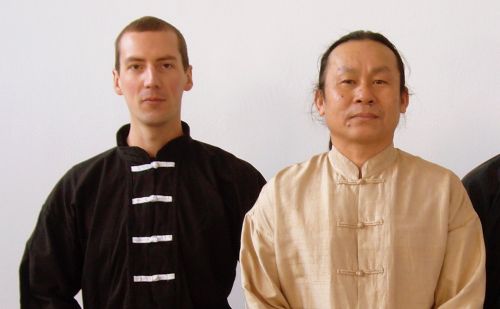
Didier and Master Lao Vongvilay (Munich/Germany/2010)
